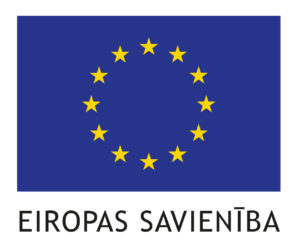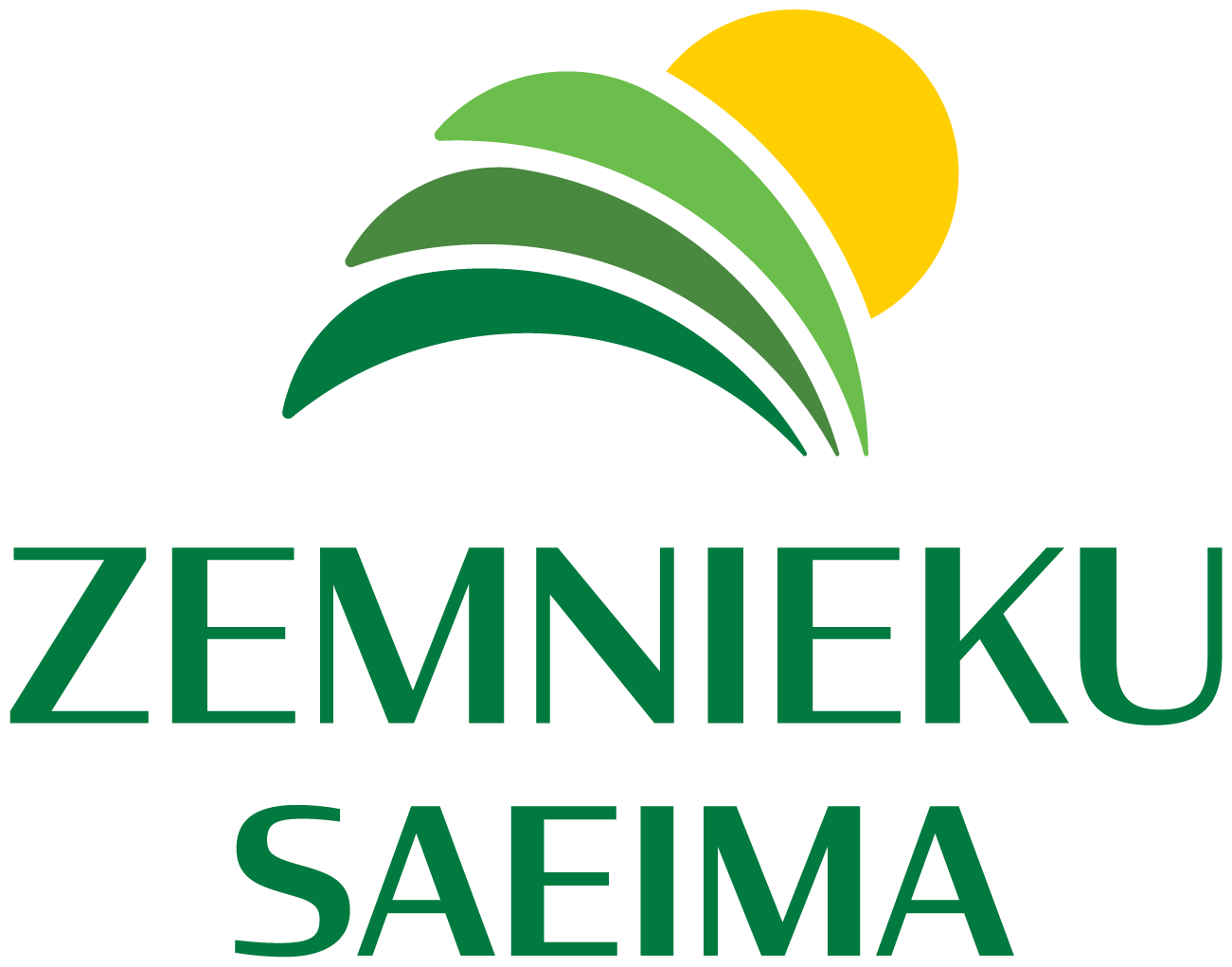Top new insights about soy
The topic is complex and touches on several agricultural sectors – both livestock and crop production. Why was this particular topic chosen?
Latvia has a perspective for crop and livestock farming, also in the context of climate change. Currently, crop production is dominated by the cultivation of food wheat and rapeseed, but high-value local energy and protein crops are also important in livestock farming.
Consumer demand for GMO-free, including organic food, has fueled producers' interest in using non-genetically modified soy in animal nutrition, especially in pig farming, where the natural protein balance of soy is not easily replaced by other legumes. As part of the project, field trials will be conducted on conventional and organic farms to approbate soy growing technologies. Pig farmers will feed local soy meal obtained through the extrusion process and evaluate the conversion of this feed. By assessing the economic prospects of obtaining local feed raw materials in more depth, the grain component in the feed will also be analyzed. Barley can make up a significant part of pig feed, and it is important to use high-quality feed barley. In parallel, the project will approbate new, including hairy barley varieties, and new technological solutions will be studied. By combining economic analysis of the feed raw material market with information obtained from field trials on soybean and new local feed barley varieties cultivation technologies and conversion of local feed raw materials into pig nutrition, the interdisciplinary working group will develop economically sound recommendations to develop the capacity of companies to effectively grow and use local feed raw materials.
Will there be any trials or demonstrations?
An industrial study is planned that will provide new knowledge and skills on the possibilities of soybean extraction and cultivation. From an agronomic and economic point of view, it is important to expand the range of local feed raw materials in livestock farming, especially in pig farming, where it is very important to use feed with high-quality, easily digestible protein, such as soybeans. It is equally important to assess the possibilities of diversifying the energy sources in feed, which local barley could provide in pig farming. Since currently, mainly malting barley varieties are grown, the chemical composition of which conditionally meets the requirements of high-quality feed, the task of the project is to create and transfer to interested parties new knowledge about modern fodder barley varieties and forms (including hairy barley) and their cultivation technologies through trials and practical analysis, in order to motivate farmers to focus on the cultivation of high-quality fodder barley varieties and the choice of cost-competitive technologies. During the study, data will be obtained for a complex economic analysis of local raw material production and for assessing the conversion of the obtained feed based on the results of the pig feeding study.
Are there any predictions about how the results of the project could be used in practice to improve economic indicators on farms?
The economic usefulness of the knowledge gained in the project's experiments and practice is justified by the following theses:
1) Latvia, as a significant exporter of grain and rapeseed, simultaneously imports a significant amount of grain, rapeseed meal and soybean meal annually, assuming that it is mainly used for animal feed. To ensure a two-way flow of such products, we lose around 50 million euros per year in logistics costs, which could be divided between the crop and livestock sectors, for the growth of the competitiveness of the sectors.
2) According to a rough estimate, livestock farms consume around 0.5 million tonnes of grain annually. Pig farming is the second largest consumer of grain with 130,000 tonnes per year. This volume creates a market niche in terms of value of around 80-90 million euros, including around 19 million for pig farming, which is currently filled by locally grown grains unsuitable for food production, as well as grain imports. With the increasing intensity of the livestock sector, this market niche is growing, and filling it with locally sourced raw materials is an opportunity to increase the crop business (market share).
3) Forage varieties are characterized by a different grain composition. The use of such grains in animal feed would reduce the need for soy products in animal feed, and would create the basis for a fair (taking into account the quality of the grain used in animal feed production and the possibility of soy substitution) increase in the market price of animal feed grains by ~7-8 euros per ton.
4) A clear market niche in crop production is to replace imported soy protein with a locally grown GMO-free product. With livestock farming developing moderately, the total protein requirement over the next 3-5 years can be estimated at at least 200,000 tons per year, at conventional soy product prices – around 75 million euros per year.
5) The origin of imported soy products is associated with the South American countries of Brazil and Argentina. Such product movement creates a large ecological footprint from an environmental point of view, and from the aspect of reducing food miles, reducing soy product imports by every 10,000 t would reduce food miles created by livestock farming by 110 million tonne-kilometers.
Who will be the potential beneficiaries after the project is implemented?
The direct target group of the project results is market-oriented crop farmers, at least 20,000 grain farmers, who will gain knowledge about the possibilities to increase their market share by diversifying the range of species grown. Soybean is a promising protein crop that would expand the possibilities to diversify climate- and environment-friendly, sustainable agricultural practices by diversifying the range of species grown on farms, enriching the soil with biologically bound nitrogen, reducing the need for the use of nitrogen fertilizers and plant protection products.
Grain growers will also gain new knowledge about the prospects for barley cultivation by introducing new local barley varieties suitable for fodder production and assessing the cost competitiveness of the recommended technologies for their cultivation. After the project is completed, new, competitive fodder barley varieties could be registered in Latvia. Crop and livestock experts will make proposals for defining quality criteria for local fodder barley grains that would meet the needs of the livestock sector. By optimizing individual measures in cultivation technologies, resource investment in barley cultivation will decrease, and barley's competitiveness will increase compared to other cereals.
In livestock farming, knowledge about the possibilities of using GMO-free, locally-sourced soy products will be beneficial, as well as gaining knowledge about a new soybean processing method in Latvia – extrusion, its impact on the composition of soy processed products, and its impact on feed conversion.
Processors – feed producers and farms that produce feed for their own needs – will gain knowledge about the possibilities of increasing the diversity and quality of local feed raw materials by including local, non-genetically modified, including organic soy products and higher quality barley grains in feed, the possibilities of expanding the product range, reducing the logistics costs of imported raw materials and dependence on fluctuations in external markets.
Leading partner – Institute of Agroresources and Economics; cooperation partners: Latvia University of Agriculture, Saldus district Zaņa parish farm “Rubuļi”, Vārve parish farm “Stepnieki-II”, Grundzāle parish farm “Jaunkalējiņi”, Zirņu parish farm “Bebri”, SIA “BioGus”, SIA “Latgale Agricultural Science Centre”, SIA “LRS Mūsa”, SIA “AKPC”, SIA “EDO Consult”, SIA “Kviešu Putni”, Cooperative society “Latvian Pig Breeders Association”
This spring, the first field and production trials have been launched. Field trials have been set up in Stende and Viļāni in different regions: Northern Kurzeme and Latgale, to assess the most suitable varieties for our region and the impact of various technological elements on crop development and yield in our climatic conditions. Early varieties bred in Europe have been selected that could be suitable for our northern conditions: Stende – 7 and Viļāni – 6. Optimal sowing rates, fertilization rates and the most suitable types of fertilizers, as well as weed control options will be assessed on two varieties. We will also test soybeans in the organic farming system reaction to row-breaking or harrowing, which are also weed control measures.
Production trials will be held in Northern Vidzeme in “Jaunkalējiņi” and in Southern Kurzeme in “Rubuļi”. Production trials (demonstrations) are aimed at practitioners evaluating the possibilities of soybean cultivation on their farms. They will act as messengers to other farmers with their unique experience. Farmers will grow two varieties and evaluate the possibilities of soybean cultivation using the recommended technology. We also hope for valuable proposals that will show the weak points of the cultivation technology. There will undoubtedly be such.
Organic soy could also be in demand in the wider market, so experiments with soy are being carried out in Stende in an organic crop rotation. The project partners – two organic farms – will set up production demonstrations next year, because so far there is minimal understanding of how soy, as a true southern plant, will react to different care conditions. Climate change gives hope that soy will still feel at home here. Therefore, the most suitable varieties and care measures must be found.
Since the project's task is to offer solutions to the pig farming sector to provide farms with locally grown feed resources, the emphasis is placed not only on soybeans, but also on summer barley. Choosing varieties that meet the needs of animal feed - namely, good yield, reduced fiber content and balanced protein content. 7 barley varieties have been sown at the stand (both promising breeding material, including naked grain barley, and varieties already in circulation, recommended as feed barley).
You will have the opportunity to get acquainted with the field trials on August 31st in Stende – at the AREI Stende Research Center during the Rural Days project! All interested parties are invited!



